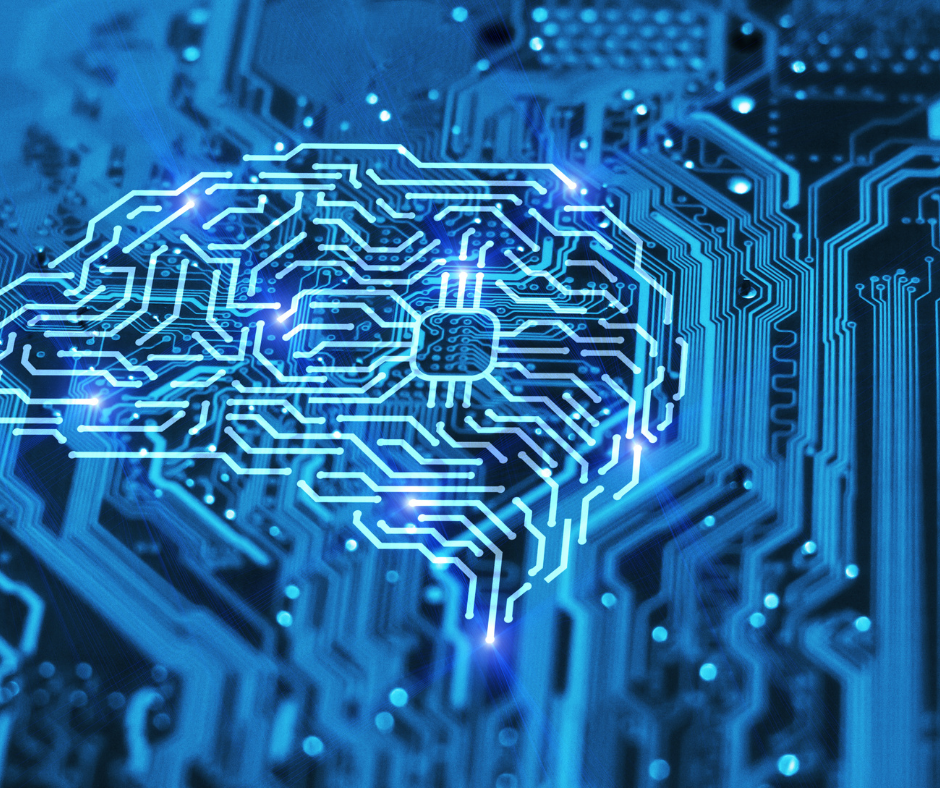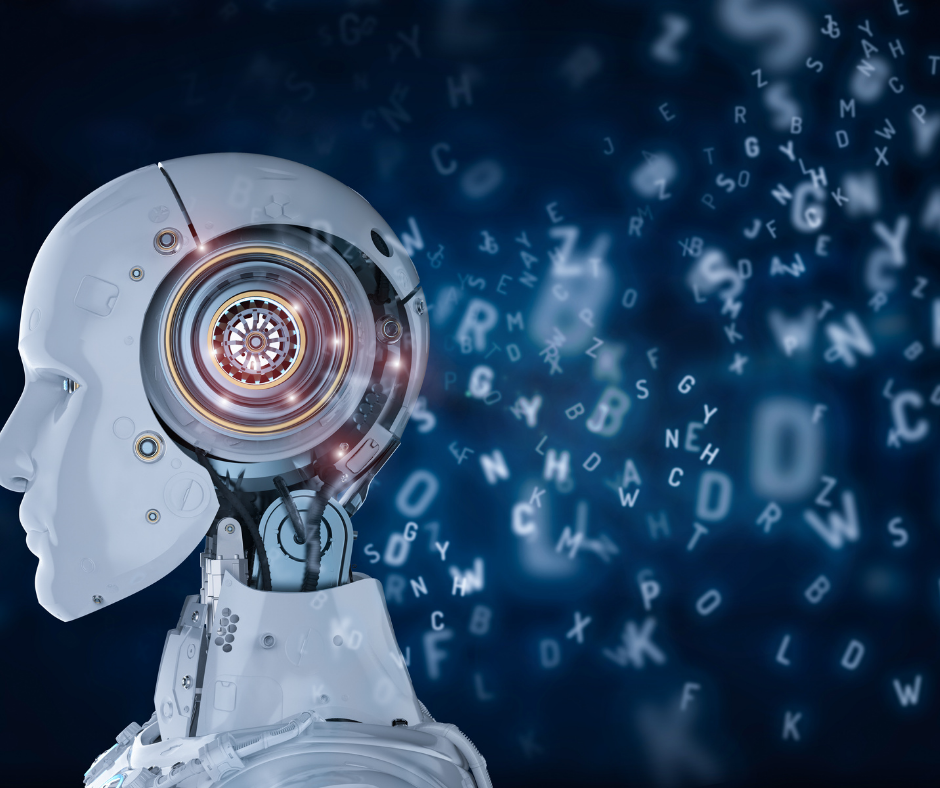Posted by Data Stems ● Nov 10, 2020 11:45:00 AM
What is Machine Learning | Everything You Need To Know
In today’s digital world, data influence many business operations. Machine learning plays a vital role in learning and understanding this data in order to innovate and guide businesses along the right direction. No matter how small or large your enterprise is, machine learning can revolutionize your business.

It’s the reason why we can shop with ease given the list of recommended products from Amazon. It’s how we can command our phones to perform tasks with just our voices. Machine learning is changing the way we do business and tech overall.
What is Machine Learning?
Machine learning sounds complex, but what it serves to do is simple; create a structure /meaning from data and get better at this over time.
Machine learning is a form of artificial intelligence that relies on algorithms. These algorithms are statistical tests that are performed on the data in order to extract some kind of information. Depending on the data you input, it can identify patterns, trends, and make predictions that would otherwise be nearly impossible for humans to manually do. With more data, the algorithm learns to spot these patterns more efficiently without human intervention.
For example, consider Netflix. Many of the shows that you’re recommended have a percentage of how much you match with the show or movie. The percentage is dependent on your own watch history, along with the data from other viewers who have watched the shows you enjoy. This is the work of machine learning. The machine learning model makes predictions about the shows you’ll likely enjoy based on the accumulation of viewer data that the algorithm gathers.

The Importance of Machine Learning
More than ever before, we have the data and information to make well-informed and meaningful decisions. From customer behavior to market trends, the insights are endless. However, data and numbers alone serve no purpose to businesses, unless it can be processed and understood.
Additionally, machine learning makes life a lot easier for data scientists and software developers. Manually extracting patterns from millions of data points is overly tedious, especially when new data are being created every second. Additionally, it's highly susceptible to human error. Instead, software developers can train machine learning algorithms to accurately do that work for them, minimizing human intervention.

The Essentials of Machine Learning: Methods
There are two main machine learning methods. The use of these methods is dependent on the data you have and what you want to learn from the data.
Supervised Machine Learning: This method is responsible for making predictions based on the data provided. As such, the algorithms used in this method already have information about an input and the associated output. For example, medical screening relies on this method to detect abnormal tissues. The algorithm knows what to look for (abnormal looking tissue) and what to output if identified (labelling that area). In most cases, supervised machine learning methods are meant to identify and classify data points.
Unsupervised Machine Learning: This method relies on large amounts of unlabeled data sets. This means that unlike supervised methods, these algorithms have nothing in particular to look out for. Instead, what it is meant to do is group, identify similarities and patterns among the data points. Over time, these algorithms get better at detecting these patterns as it works on more data.
How Do Algorithms Identify Patterns?
Depending on the method you use, the algorithms utilized are going to differ. As mentioned before, algorithms are the statistical tests that are used on the data to extract information. The algorithm learns over time, without direct coding, how to better spot patterns, trends to develop structure in the data. Here are 2 examples of popular algorithms used (there are many more out there).
Regression algorithms:
These kind of algorithms are often used during supervised machine learning methods. Both linear and logistic regression algorithms are used to find a relationship between the data points.
Clustering groups:
Clustering algorithms are often used during unsupervised machine learning methods. This algorithm groups data points based on similarities and trends that are normally hidden or difficult to manually identify.
We’re now in a digital climate where information is everywhere. With machine learning, you can take messy and unrefined data to discover something new about your consumers or the market. Additionally, you can implement innovative features to your business that rely on the convenience of data extraction from machine learning. Either way, machine learning can transform your business to fit the new wave of modern technology.

Topics: digital transformation, Machine Learning
